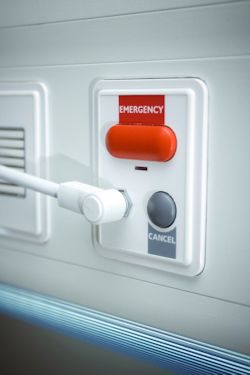Hazard Prevention and Control
After the systematic worksite analysis is complete, the employer should employ control strategies to prevent or control the hazards that were identified. To do this, the employer should:
- Identify and evaluate control options for workplace hazards

- Select effective and feasible control strategies control the hazards
- Implement these controls in the workplace
- Follow up to confirm that these controls are being used and maintained properly
- Evaluate the effectiveness of controls and improve, expand, or update them as needed
Hazard control strategies are generally categorized, in order of effectiveness, as:
- Elimination/substitution
- Engineering controls
- Administrative/work practice controls
These strategies can also be applied to the field of workplace violence. In addition, employers should ensure that if an incident of workplace violence occurs, post-incident procedures and services are in place and/or immediately made available.
Elimination/Substitution
The best way to eliminate a hazard is to eliminate it or substitute a safer work practice. While these substitutions may be difficult in the therapeutic healthcare environment, an example may be transferring a client or patient to a more appropriate facility if the client has a history of violent behavior that may not be appropriate in a less secure therapeutic environment.
Knowledge Check Choose the best answer for the question.
4-1. Which of the following is considered the most effective hazard control strategy?
You forgot to answer the question!
